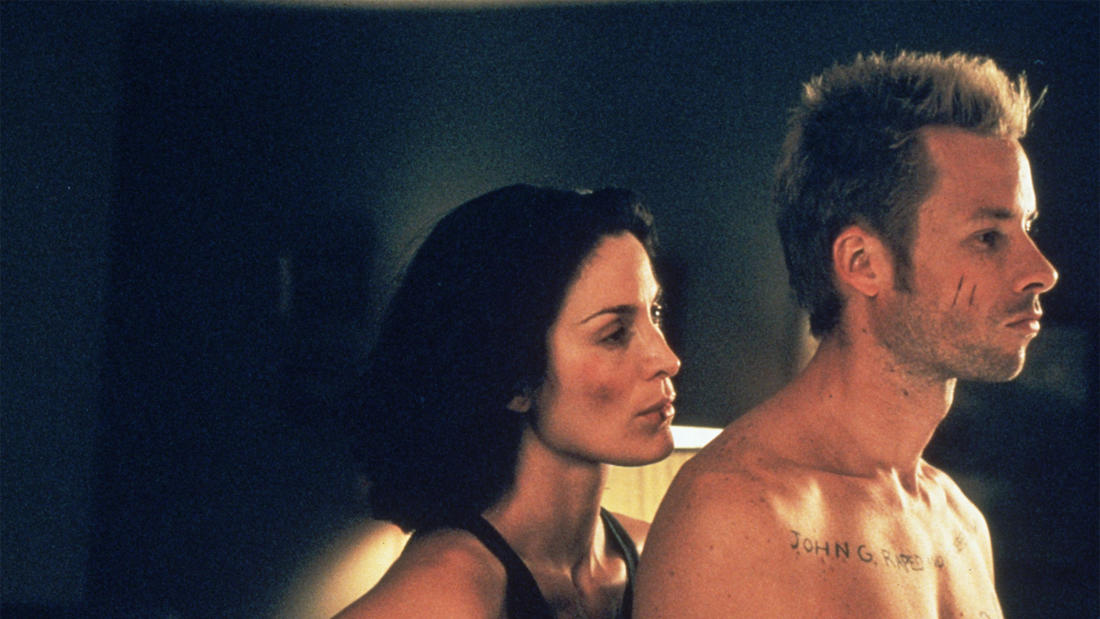
Center for Contemporary Arts Santa Fe, NM
Dr. Chris Wood
Neuroscientist; Vice President, Santa Fe Institute
Memento— How does human memory work?
Program Description
A discussion of Memento’s compelling and confounding depiction of human memory, how it works, and how it doesn’t.
Presented At
Center for Contemporary Arts Santa Fe, NM
Film Synopsis
A man creates a strange system to help him remember things, so he can hunt for the murderer of his wife without his short-term memory loss being an obstacle.
Told in two different sequences of scenes—a series in black and white that is shown chronologically, and a series of color sequences shown in reverse order—Memento follows former insurance investigator Leonard Shelby (Guy Pearce) as he doggedly searches for his wife's murderer despite his own severe memory loss. Leonard suffers from anterograde amnesia, a condition that makes it impossible for him to form new memories. Incapable of remembering anything for more than a few minutes, he relies on an elaborate system of notes, Polaroid snapshots, and crucial facts tattooed on his body to remind himself where he is, what he's found out, and what he should do next. Aiding him in his search for his wife's killer—or perhaps using his unreliable memory for their own ends—are a cheerful fellow named Teddy (Joe Pantoliano) and Natalie (Carrie-Anne Moss), a beautiful bartender. As the story of Leonard's investigation unfolds backwards, each scene revealing new bits of information, an alternating narrative, involving an insurance claimant (Stephen Tobolowsky) from Leonard's past, moves forward, adding new layers of complexity and intrigue to one of the great mindbenders in cinema.
About the Speaker
Dr. Chris Wood received his PhD from Yale University in 1973. Following a postdoctoral appointment at Walter Reed Army Institute of Research in Washington, D.C., he returned to Yale as a faculty member with joint appointments in the Departments of Psychology, Neurology, and Neurosurgery. Dr. Wood left Yale in 1989 to lead the Biophysics Group at Los Alamos National Laboratory, a position he held until becoming the Santa Fe Institute's vice president in 2005. At Los Alamos, Dr. Wood's group was responsible for a wide range of biophysical and physical research, including protein crystallography, quantum information, and human brain imaging. During 2000–2001, he served as interim director of the National Foundation for Functional Brain Imaging, a collaboration involving Harvard and Massachusetts General Hospital, the University of Minnesota, and a number of academic and research institutions in New Mexico devoted to the development and application of advanced functional imaging techniques to mental disorders. Dr. Wood's research interests include imaging and modeling the human brain, computational neuroscience, and biological computation.